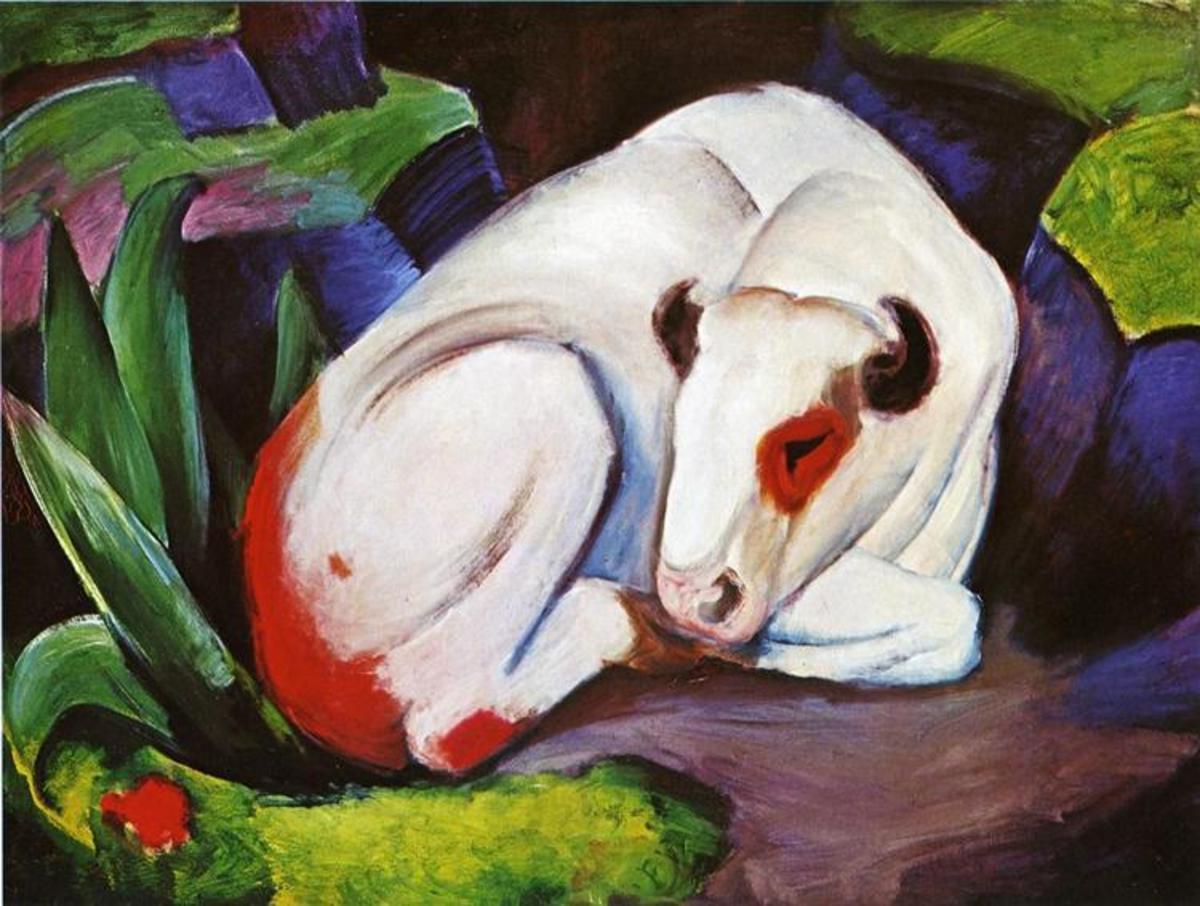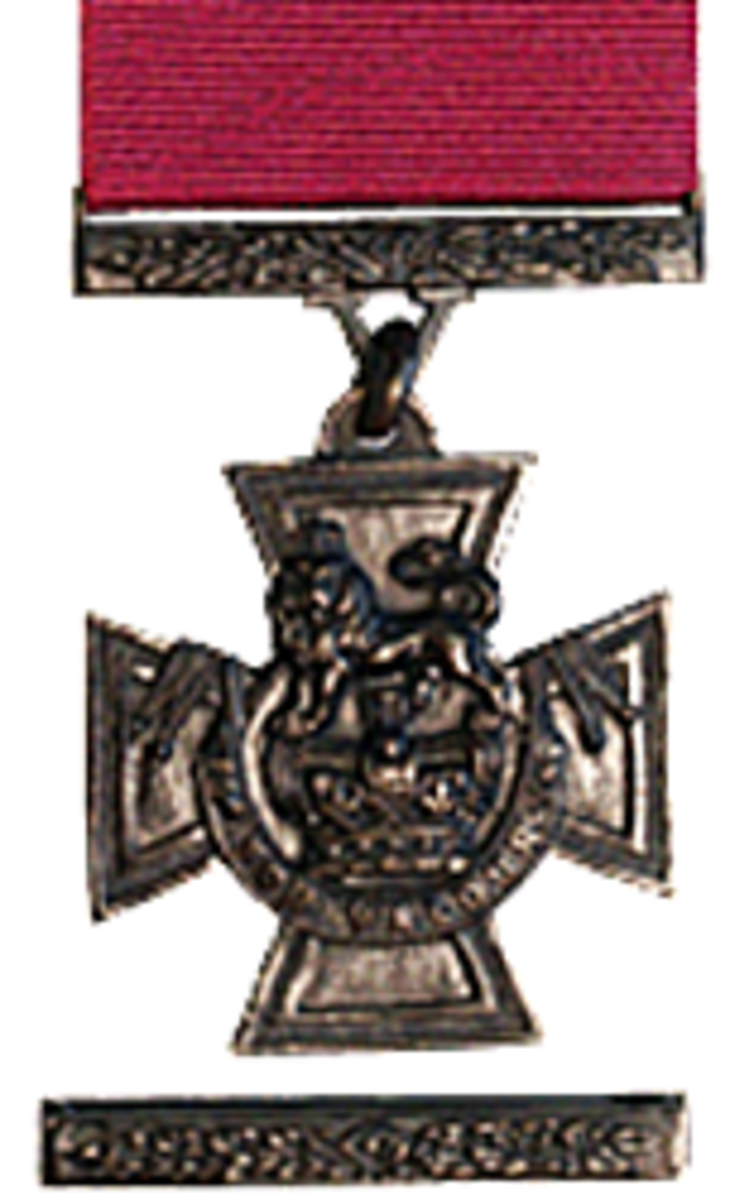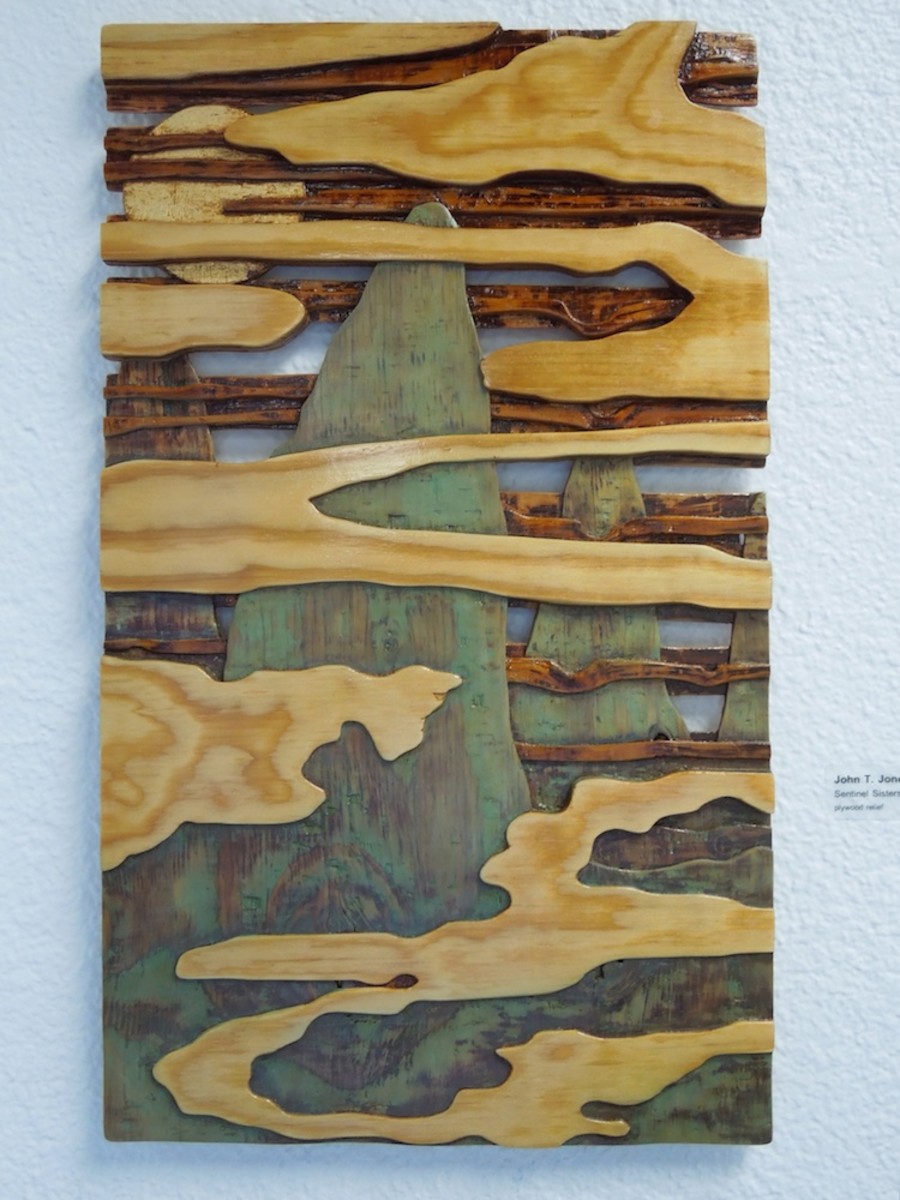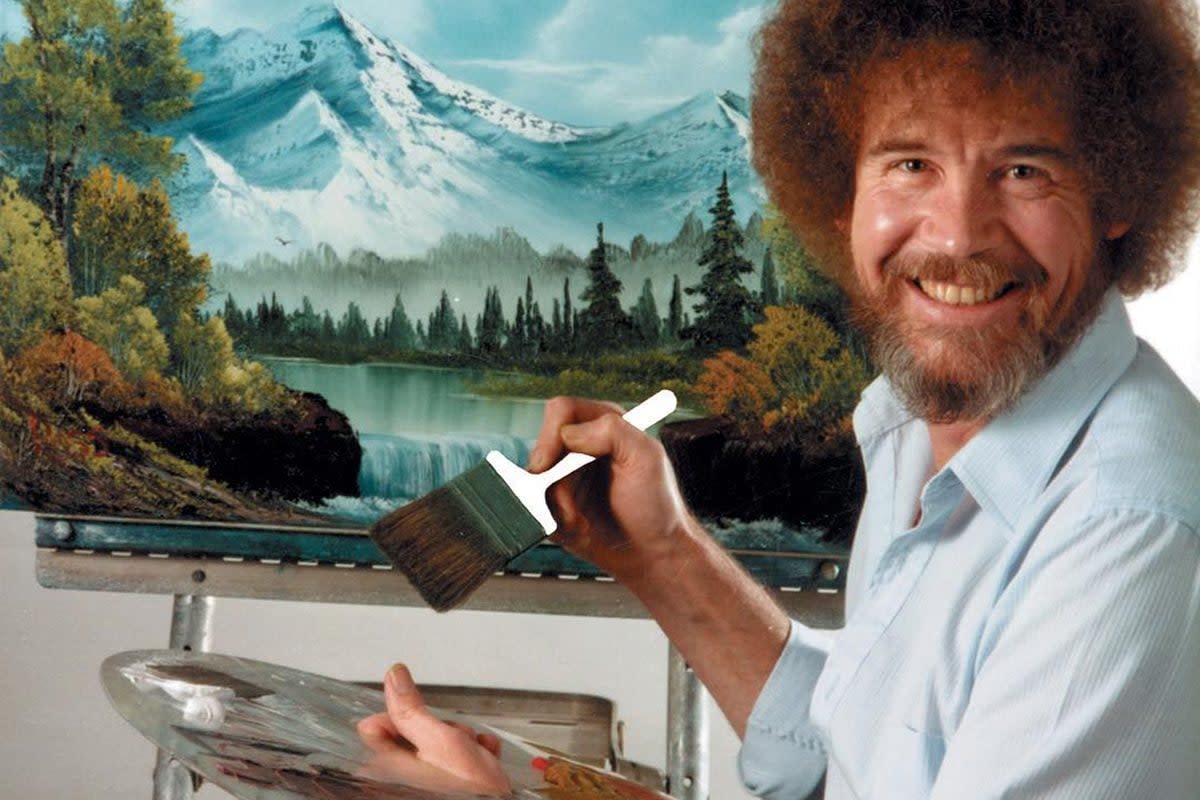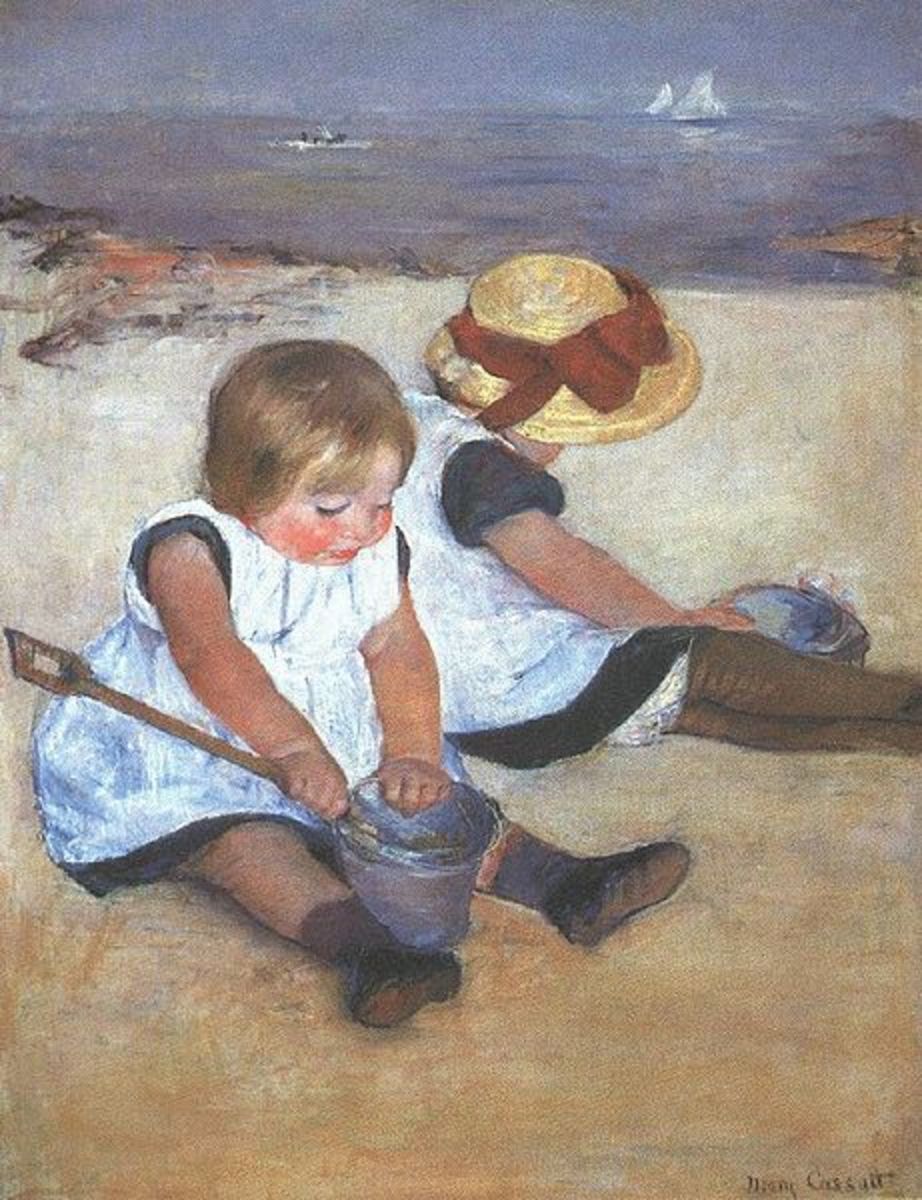Rubens During 1608-1614: Works
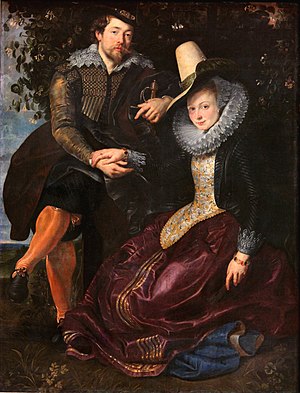
Introduction
This is an analysis of the life of Peter Paul Rubens (1577-1640) from 1608 to 1614. During these years, there were many major events that went on during his life that had a great effect on his work. In addition, some of his most popular works were created during this time.
In relation to artists, Rubens is a legend. This talented artist produced several works, many of which are well known around the world. Most of them were religious commissions. For either practice or to show his skill, he would even do works after the style of other artists, including Michelangelo and Titian. He produced many works and was even popular in his own time.
Adoration of the Magi
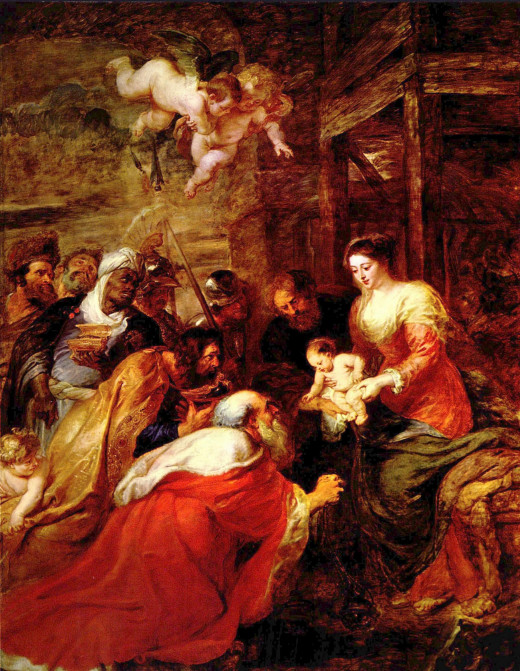
Works During This Time
Throughout his career, he received many commissions. (1) He produced many altarpieces for Roman Catholic churches, which were and still are powerful images of Christ and other religious figures. (5)
His major works during this time were: The Adoration of the Magi (1609, Prado), Raising of the Cross (1610-1611, Antwerp Cathedral), and the Descent from the Cross (1611-1614, Antwerp Cathedral).
Adoration of the Magi: This celebratory work was commissioned for the Antwerp Town Hall. This established his fame. (5)
Raising of the Cross
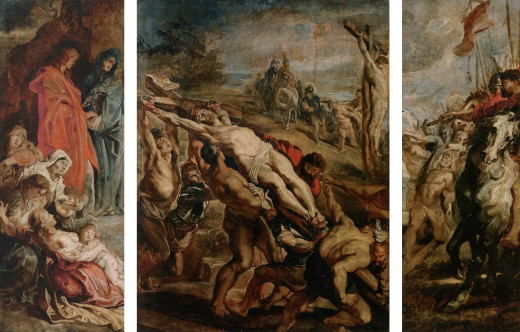
Raising of the Cross
Raising of the Cross: This is an original use of works of ancient art in a Christian subject. This powerful piece was painted for the high altar of the church of St. Walburga. The herculean men assigned to the work of the raising of the cross do not take our attention from Christ, where the light is concentrated. (8) With this work, he combined the Italianate reflections of Tintoretto and Caravaggio with Flemish realism in a heroic affirmation of redemptive suffering. (5)
He did a few different versions of this. This is a triangular composition. Cornelis Van der Geest, a well-to-do art collector at the time, raised the funds for the commission of this work. Many other artists have used this subject as well, mainly because most commissions throughout time have been religious.
Eugene Delacroix, another well-known artist, was deeply moved by the Raising of the Cross. He compared it to Gericault’s Raft of the Medusa (1819, Louvre, Paris) and said that it was full of the style of Michelangelo. He said that Rubens was a genius and not an imitator. Delacroix said that “he was always Rubens.” (7) It is amazing to know that Rubens was admired by other great artists and had his own style. It is the originally works that stand the test of time.
Descent from the Cross
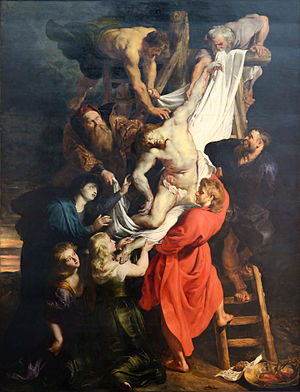
Descent from the Cross
Descent from the Cross: This is now opposite the Erection of the Cross, which gives the false impression that the works were meant to be companion pieces. (8) This work was commissioned for the Bergermaster Rockox. This work is classical and restrained in keeping with its subject and reflected the renewal of the early Netherlandish tradition of others before him. (3) This triptych heralds the beginning in a stage of Ruben’s art which is called his classical period. (4) The red of John’s robe and the white sheet holding Christ show great contrast.
It is interesting to note that Tehophile Silvestre said the following about this work: “Rubens’ Descent from the Cross has nothing Christian about it. Do you see this head hanging down, these slack and heavy limbs, this real death? This is not the God-Man who will sleep for three days but a Hercules dead forever. Decomposition has begun; this corpse will return to the elements, dust to dust; there is no resurrection in pagan death; nothing lies beyond the tomb.” (7) So, like other artists, I am sure that Rubens had his share of criticism.
The wings on his altarpieces are interesting because they show different stages in the life of Christ. For example, with the Descent from the Cross, its right wing shows Mary carrying the Christchild and the left wing shows him being presented at the temple as a baby.
Entombment
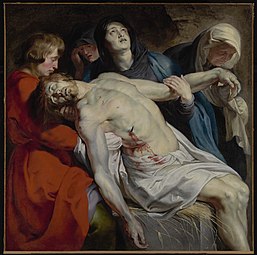
Other Notable Works
Many of these religious works became images for spiritual recruitment and renewal. (2) Throughout his career, he continued to produce altarpieces for the Roman Catholic church. (3)
He worked on many other paintings during this time, including:
-The Madonna di Vallicella and Angels. (1608, Rome)
-Saints Gregory, Maurus, and Papianus. (1608, Rome)
-The Glorification of the Holy Sacrament. (1609-1610, Antwerp)
-The Lamentation (1609-1611, Berlin) Visible brushstrokes.
-Self Portrait with Isabella Brant (also known as Double Portrait in a Honeysuckle Bower). (1610, Munich)
-The Assumption and Coronation of the Virgin. (1611, Leningrad)
-Prometheus Bound (1611-1614, Philadelphia) Rubens worked on this with Frans Snyders.
-The Entombment (1613-1615, Ottawa) This was after Caravaggio’s work with the same name.
-The Four Evangelists (1614, Berlin) Similar colors, appears to have one color scheme.
-The Incredulity of St. Thomas. (1614-1615, Antwerp)
Because of his prosperity, fame, and wealth, he must have felt greatly blessed.
Bibliography
1. Columbia Encyclopedia. Peter Paul Rubens. Academic Search Elite Database.
2. Loescher, R. Peter Paul Rubens. Funk & Wagnalls New World Encycopedia.
3. Martin, J. Rubens: The Antwerp Altarpieces. New York: W&W. Norton & Co, Inc.
4. Martin, J. Rubens Before 1620. Princeton, New Jersey: Princeton University press.
5. Scribner, C. Peter Paul Rubens. Britannica Biography Collection.
6. Scribner, C. Rubens. New York: Harry N. Abrams, Inc., Publishers.
7. Scribner, C. The Triumph of the Eucharist- Tapestries Designed by Rubens. Ann Arbor, Michigan: UMI Research Press.
8. Stechow, W. Rubens and the Classical Tradition. London: Oxford University Press. P. 58-59.
9. Sutton, P. The Age of Rubens. New York: Harry N. Abrams, Inc.
10. Vlieghe, Hans. 1998. Flemish Art and Architecture 1585-1700. New Haven: Yale University Press. P. 28, 29, 36.
This content is accurate and true to the best of the author’s knowledge and is not meant to substitute for formal and individualized advice from a qualified professional.
© 2020 Mark Richardson

